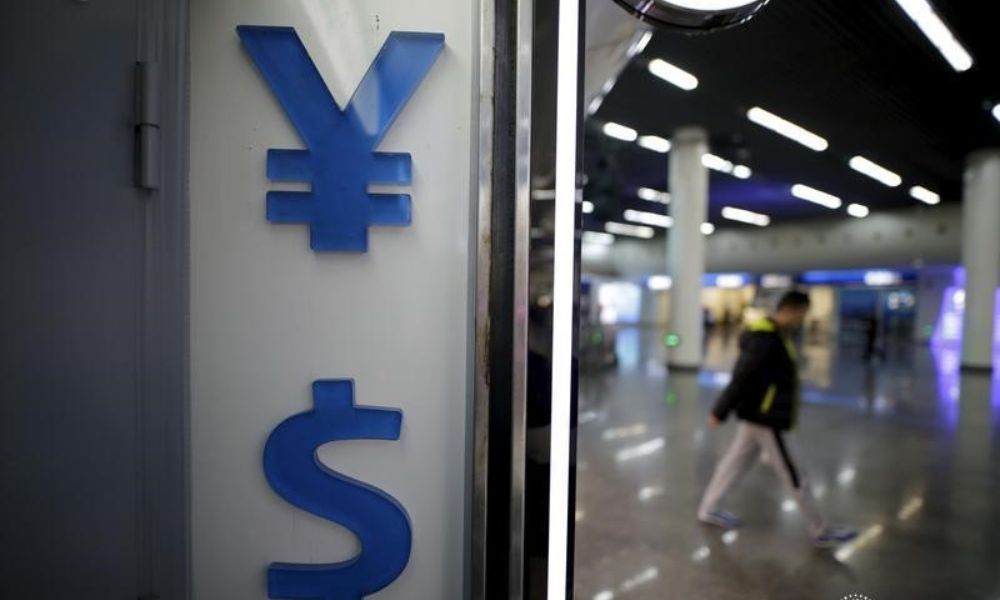
Most Asian currencies kept to a tight range on Tuesday as concerns over slowing economic growth in China continued to weigh, with focus turning to more upcoming cues on the U.S. economy and monetary policy.
The dollar languished near 15-month lows, as weak inflation readings saw markets pricing in potentially fewer interest rate hikes by the Federal Reserve in the coming months. The dollar index and dollar index futures fell about 0.1% each, moving further below the 100 level.
But despite weakness in the dollar and expectations that U.S. rates were close to peaking, Asian currencies saw little inflows, with data showing weak economic growth in China denting sentiment towards the region.
The Japanese yen traded sideways, while the Australian dollar recovered a measure of steep losses from the prior session.
The rate-sensitive South Korean won rose 0.3%, while the Taiwan dollar added 0.2%.
U.S. retail sales, industrial production data in sight
Markets were now awaiting U.S. retail sales and industrial production data, due later in the day, for more cues on the world’s largest economy, and the potential path of interest rates.
The retail sales reading for June is expected to have improved from the prior month, amid robust consumer sentiment. But high retail spending also points to more consumer inflation- a trend that could attract more interest rate hikes from the Fed.
Industrial production growth is also expected to accelerate in June, pointing to some resilience in the U.S. economy.
While markets are betting that the Fed will pause its rate hike cycle after a final hike later in July, any signs of resilience in inflation and the U.S. economy gives the central bank more headroom to keep raising rates- a scenario that bodes poorly for Asian currencies.
Chinese yuan sees little support after weak GDP, stimulus bets
The Chinese yuan traded sideways on Tuesday, remaining under pressure despite a strong midpoint fixing by the People’s Bank of China (PBOC).
The currency was nursing steep losses from Monday after data showed that growth in China’s gross domestic product slowed in the second quarter, as a post-COVID economic recovery ran out of steam.
The weak economic reading drove up expectations that the PBOC will roll out more stimulus measures in the coming months. But while these factors could support growth, they are also expected to weigh on the yuan, as monetary conditions loosen further.
Source: Investing.com